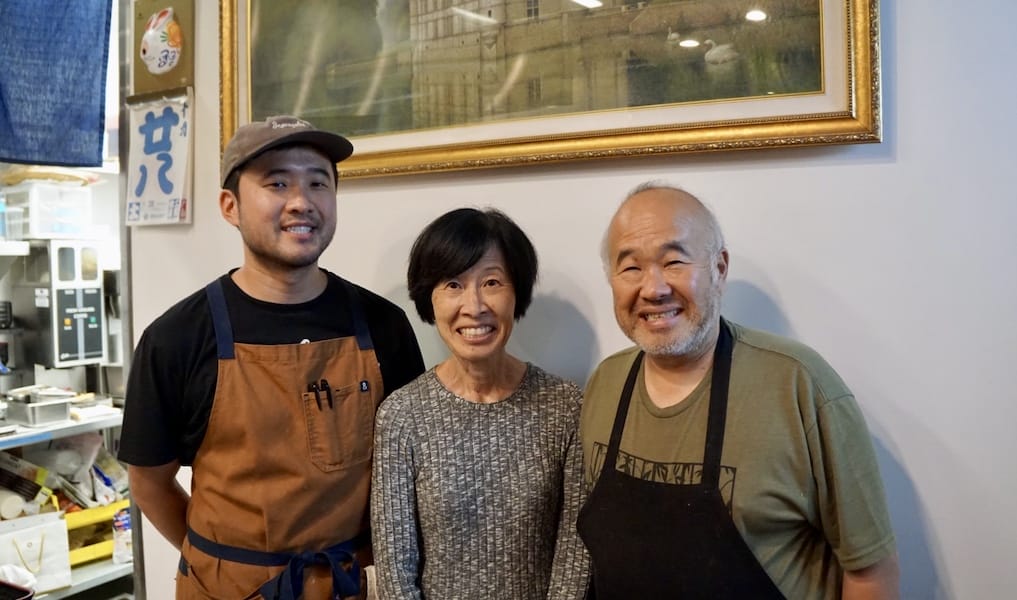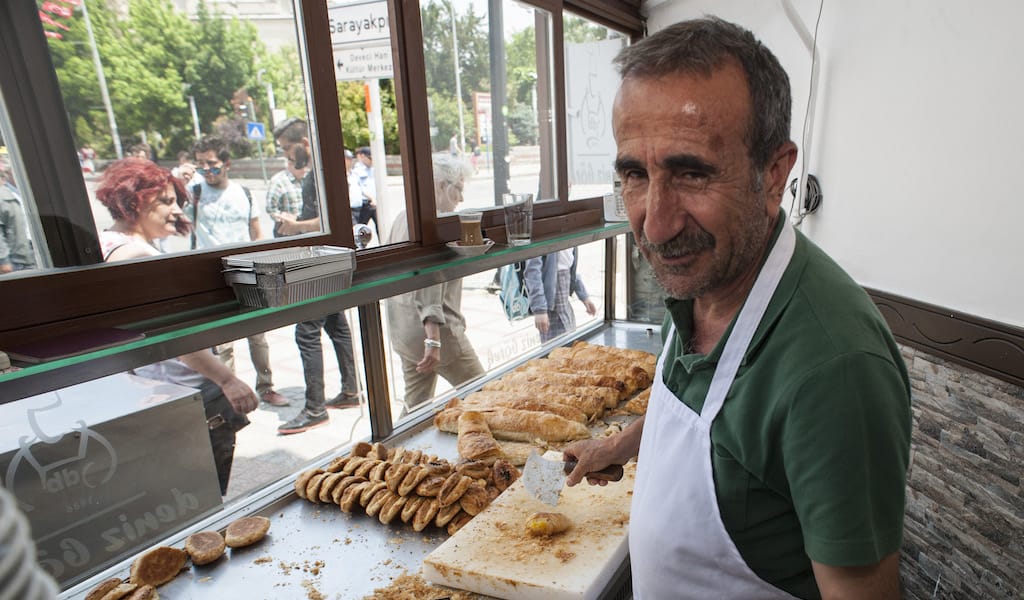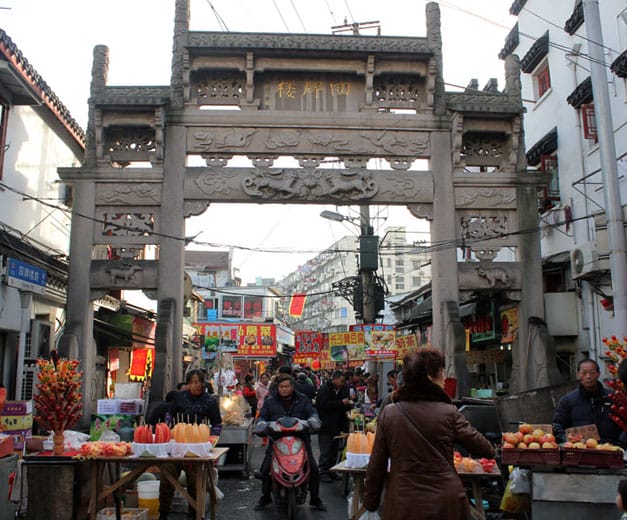Whether it’s a weekend morning or weekday dinner, the 20-seat Azay in Little Tokyo is packed. On a nice day, extra tables are set up on the sidewalk, also filling up quickly. Inside the restaurant, chef Akira Hirose and his son, Philip, work the kitchen, while Akira’s wife, Jo Ann, greets customers.
Azay only opened in Little Tokyo in 2019, but the legacy of chef Akira and his family goes much further, both in the Los Angeles food scene and in Little Tokyo in general.
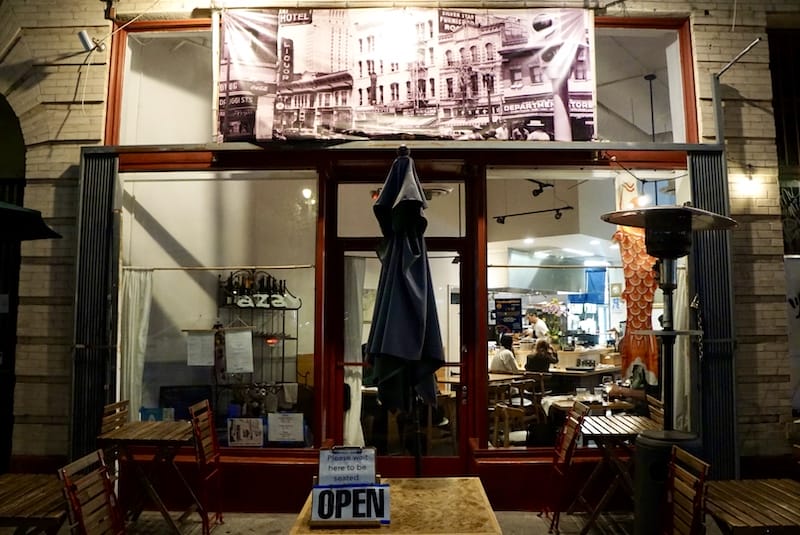
Akira was born in Kyoto, Japan, but studied cooking in France. He then moved to the United States in 1981 and worked at several renowned French restaurants in Los Angeles, including the now-closed L’Orangerie (where he met his future wife, Jo Ann) and L’Ermitage. He and Jo Ann moved to Kyoto in 1983 to open their first restaurant, Azay-le-Rideau, named after the place in France’s Loire Valley where Akira had trained. They eventually returned to California and opened Maison Akira in Pasadena in 1998, serving haute French cuisine with Japanese influences and solidifying Akira’s place as one of the old guards in the Los Angeles fine dining scene. Maison Akira closed in 2019 after more than a 20-year run, but its influence is certainly still felt in L.A.
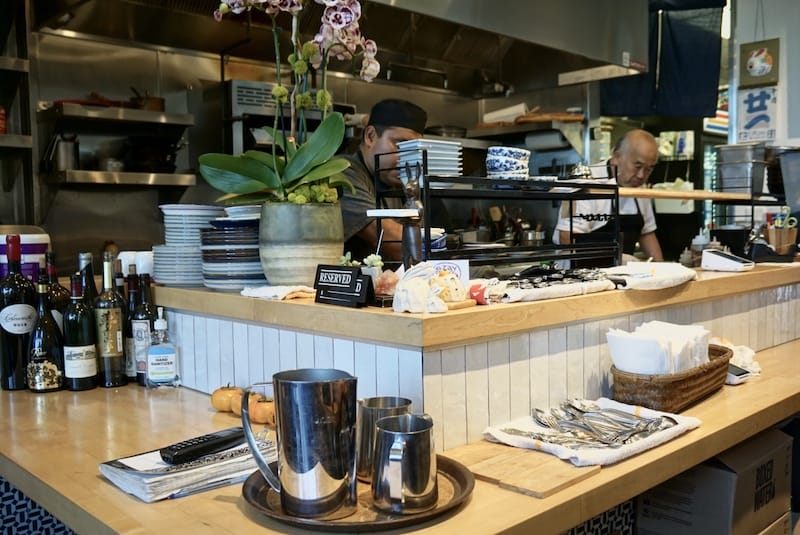
Then there are the family’s ties to Little Tokyo through Jo Ann. Jo Ann’s father opened the Anzen Hardware store (in the spot where Azay now sits) back in 1946. The hardware store later relocated down the street, but Jo Ann’s father wanted to keep the plot in the family in an effort to preserve the Little Tokyo community and prevent fewer buildings from falling into the hands of outside developers. The move to Little Tokyo just made sense, and Azay opened in 2019 as a family venture.
While Maison Akira was a French fine dining restaurant, Azay is a cozy and relaxed space. There are only about eight tables inside, plus a few tables on the sidewalk that are used when the weather permits. The menu changes weekly, but it is always a combination of traditional Japanese and French dishes and French-Japanese fusion. Azay’s menu isn’t just a reflection of chef Akira’s cooking but also a reflection of his story – every dish has a place in the family’s history.
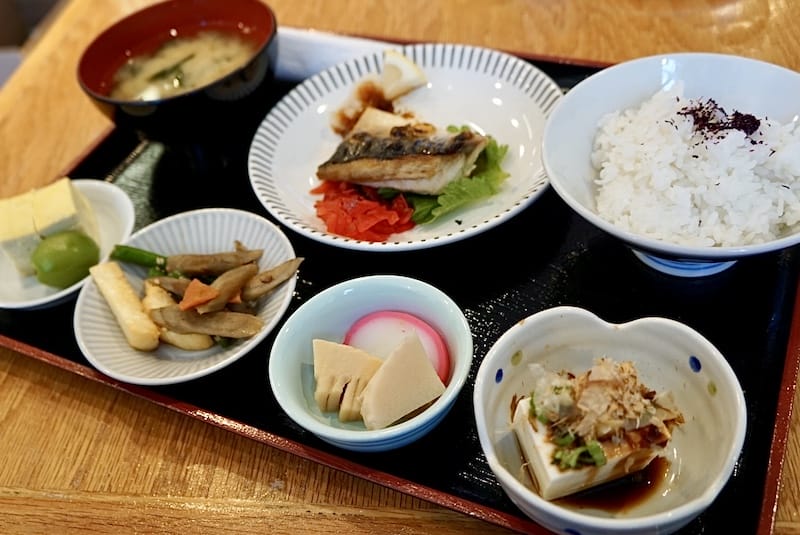
One of the things Azay is known for is its traditional Japanese breakfast, which is surprisingly hard to find in Los Angeles given the city’s myriad Japanese restaurants. Traditional Japanese breakfast is a set meal that consists of rice, soup, a protein, a few side dishes and tsukemono (Japanese pickled vegetables). The protein is usually a piece of grilled fish and the side dishes, naturally, vary with the season. Although Chef Akira was born in Kyoto, his mother lived in Nagoya, Japan, so at Azay he serves hitsumabushi, Nagoya-style unagi (grilled eel) that is presented with tsukemono and green onions, and hot tea to pour into the unagi rice bowl as a broth.
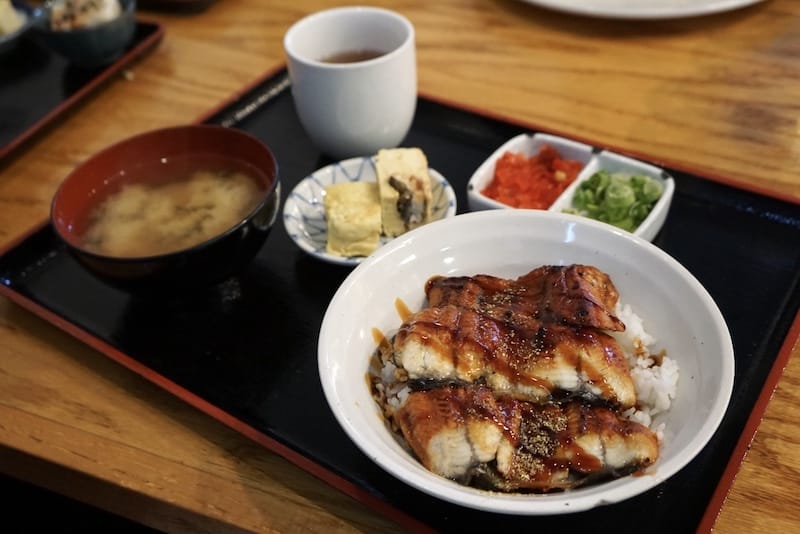
Beyond the traditional Japanese dishes, though, Azay is also about French cuisine. “I think that one thing that goes unrecognized is my father’s pedigree in French cooking,” Philip remarks. Customers often focus on the Japanese dishes at Azay because the restaurant is in Little Tokyo and is run by a Japanese family, but Philip wants people to remember that his father was a trailblazer as an Asian American with a French culinary background. “I’m just asking people to think beyond,” says Philip, encouraging people to explore the menu’s French dishes.
“When [food media] talk about Japanese restaurants, there may be no mention of Little Tokyo. I think that contributes to the erasure of the community.”
On any given week, there may be duck confit or cassoulet on the menu, done the traditional French way. There may also be Japanese-French fusion like grilled Chilean sea bass marinated in miso, served with pilaf rice and Provençal vegetables. A cold soba salad that was perfected at Maison Akira also makes a frequent appearance in the summer. The wine list primarily features French wines.
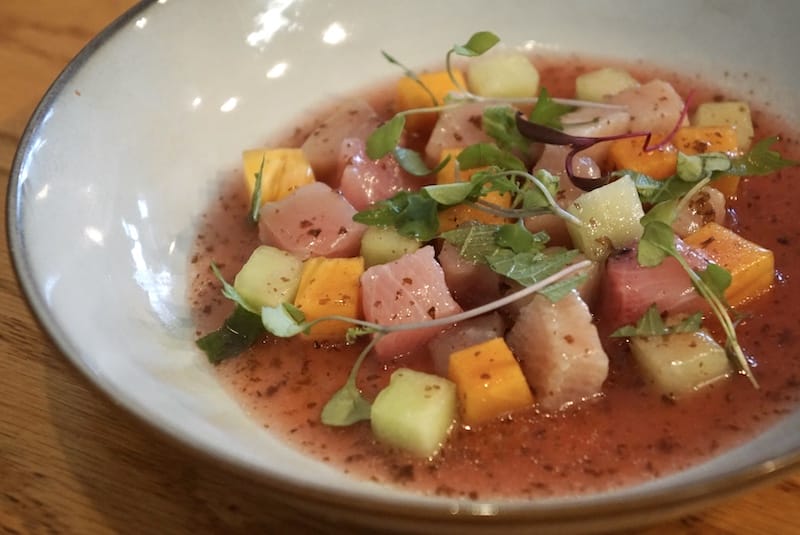
Azay receives a variety of guests, from long-time customers who were regulars at Maison Akira, to people who work in nearby Civic Center and stop in during the week, to Angelenos from outside the area who make the trip in on the weekends. But as the particular part of Little Tokyo that Azay sits on is easily overlooked, Philip also makes a concerted effort to activate their sidewalk space. In the summer, they host live music performances in front of the restaurant. Other programming includes wine tastings, book readings and community fundraisers. Once, they hosted a panel to discuss “food as a form of resistance.” Most of these events highlight the local Japanese-American community, which the family is deeply involved in.
Azay was born out of the family’s desire to maintain their roots – both to keep the Little Tokyo building in the family (and therefore the Japanese-American community) and to make Azay into a place for the community. A family-run place like Azay is becoming harder to come by in Los Angeles, where a new glitzy restaurant seems to open on a weekly basis, and as Little Tokyo loses its legacy businesses. (Azay’s neighbor and fellow Japanese restaurant Suehiro Cafe will move another location outside of Little Tokyo after being evicted from their original home of 51 years – their last day at the old Little Tokyo location was January 9, 2024.)
“Los Angeles as a dining culture is always about what’s new [and trendy], and when we’re always on the chase of what’s trendy, we tend to forget about what makes the food in Los Angeles and the communities that we live in so beautiful … when [food media] talk about Japanese restaurants, there may be no mention of Little Tokyo. I think that contributes to the erasure of the community,” Philip says. “I think that there would be no Japanese dining [in L.A.] if there wasn’t a Little Tokyo.”
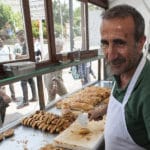 June 17, 2015 CB on the Road
June 17, 2015 CB on the Road
Edirne has more meat to offer beyond the glistening liver that bears its name. Deniz […] Posted in Istanbul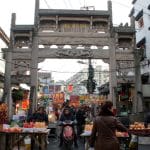 July 18, 2014 Fangbang Lu
July 18, 2014 Fangbang Lu
Editor's note: We're sorry to report that the vendors and restaurants at Sipalou Lu and […] Posted in Shanghai June 15, 2016 Santa Gula
June 15, 2016 Santa Gula
Halfway between a French bistro, a Nordic café and a Spanish casa de comidas (a […] Posted in Barcelona
Published on January 09, 2024
Related stories
June 17, 2015
IstanbulEdirne has more meat to offer beyond the glistening liver that bears its name. Deniz Börek Salonu has crowned the top of Saraçlar Caddesi since 1986. Every morning, lines of salivating citizens hurry to work with crunchy poğaças or sit down to enjoy steaming heaps of stuffed pastry. While there are many börek places in…
July 18, 2014
ShanghaiEditor's note: We're sorry to report that the vendors and restaurants at Sipalou Lu and Fangbang Lu have suffered the same fate as those on Wujiang Lu and have been shut down. For street food, head to the area around Er Guang. In the lead-up to the 2010 World Expo, the government tore down one of…
June 15, 2016
BarcelonaHalfway between a French bistro, a Nordic café and a Spanish casa de comidas (a traditional small family-run eatery where the menu changes according to season and the market), Santa Gula is the perfect place to sin – gastronomically speaking – in Gràcia. Hidden in a small and peaceful square, Santa Gula, or Saint Gluttony,…







































